10 Minutes
Why the Camaro's story isn't over
For a while it felt like the automotive timeline had been written in stone: internal combustion would be steadily phased out, EVs would take over, and iconic V8 halo cars would become museum pieces. Then reality intervened. Regulation, supply chains, and buyer sentiment have combined to create a more nuanced future — one in which multiple powertrains coexist. That shift opens a real opportunity for Chevrolet to revive the Camaro as a modern halo car that isn’t exclusively electric.
The Camaro's last two generations (the fifth and sixth) were capable, charismatic machines that often performed superbly on track and brought genuine driving engagement. Yet, they struggled in showrooms. Why? The reasons are layered: pricing tied to more premium platforms, limited visibility and practicality, and fierce competition from Mustang and Challenger derivatives that leaned hard into power and straight-line bragging rights.
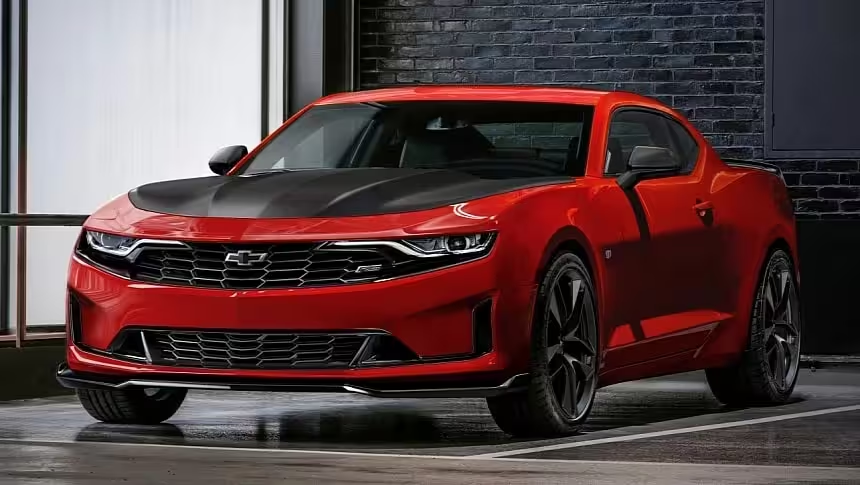
Surface numbers don't tell the whole story
Camaro sales declined in the late 2010s and early 2020s, but the raw figures hide important details. The Camaro wasn't always losing on performance — the SS 1LE and ZL1 were terrifyingly quick and often outclassed heavier, horsepower-touting rivals off the drag strip. The issue was a collection of small deficits that, when added together, changed buyer perception.
These are the pain points GM would need to address to bring the Camaro back successfully:
- Platform and cost: sharing Alpha underpinnings with luxury models made it harder to offer a truly affordable V8 entry.
- Practicality: cramped rear seats, small windows and a tight trunk (especially for convertibles) made the Camaro less usable for everyday life.
- Image vs rivals: consumers often saw the Mustang GT500 or Challenger Hellcat as the more powerful, more demonstrably macho choice.
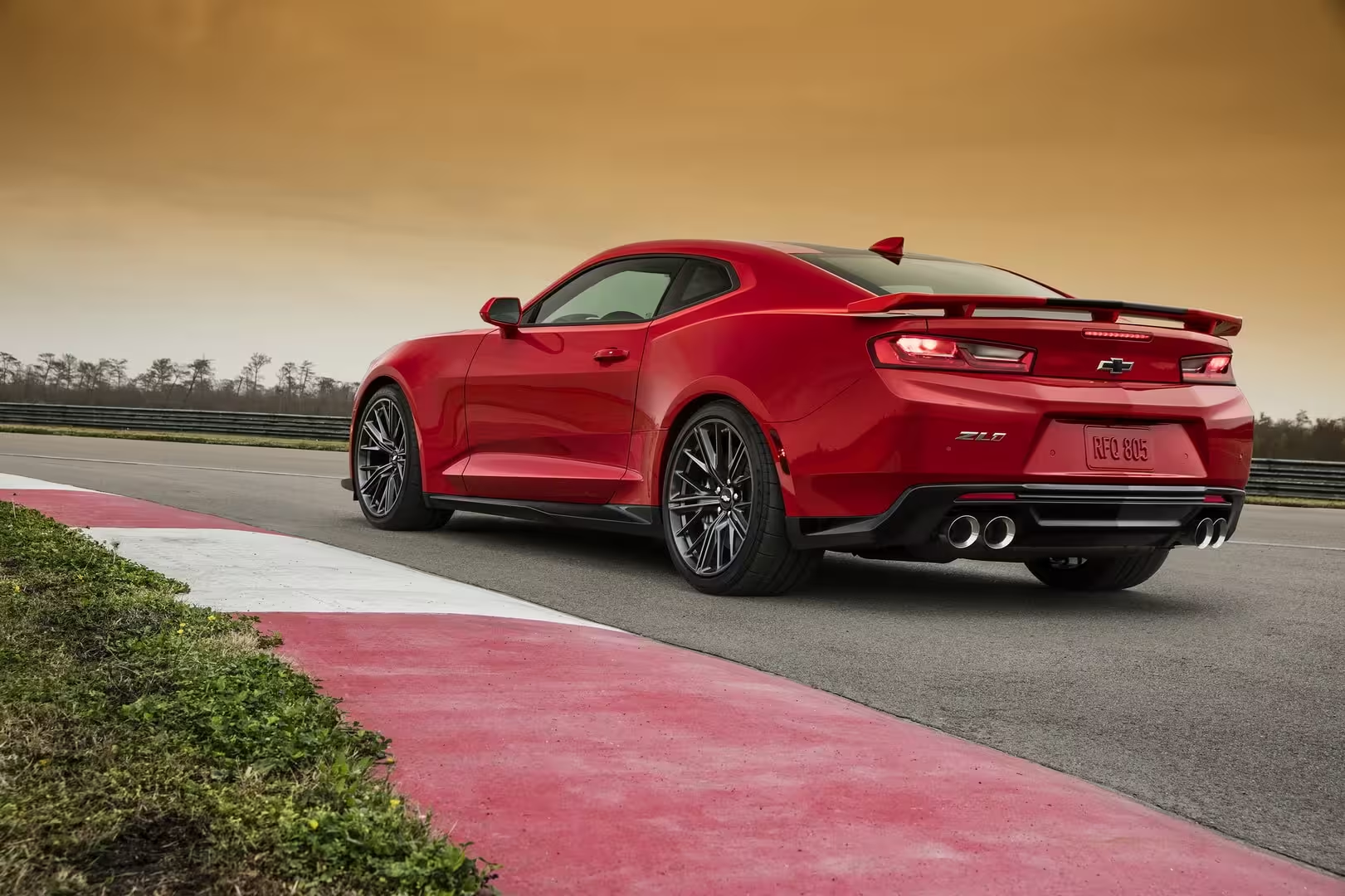
None of those issues were fatal by themselves. But stacked together they nudged buyers away from the Camaro when they could opt for more usable alternatives.
The driving character that matters
Where the Camaro still had an edge was the way it drove. Track-focused variants had more in common with classic European sports cars than the archetypal American drag-strip muscle car. That balance of composure and raw ability is exactly the kind of “it” factor that can justify a halo model.
If Chevrolet wants to resurrect the Camaro as a meaningful competitor — and as a marketing beacon for the brand — the new car should emphasize driver engagement first, headline power second. That doesn’t mean ignoring straight-line performance or ignoring the cultural expectation of a V8; it means engineering a car that’s both visceral and versatile.
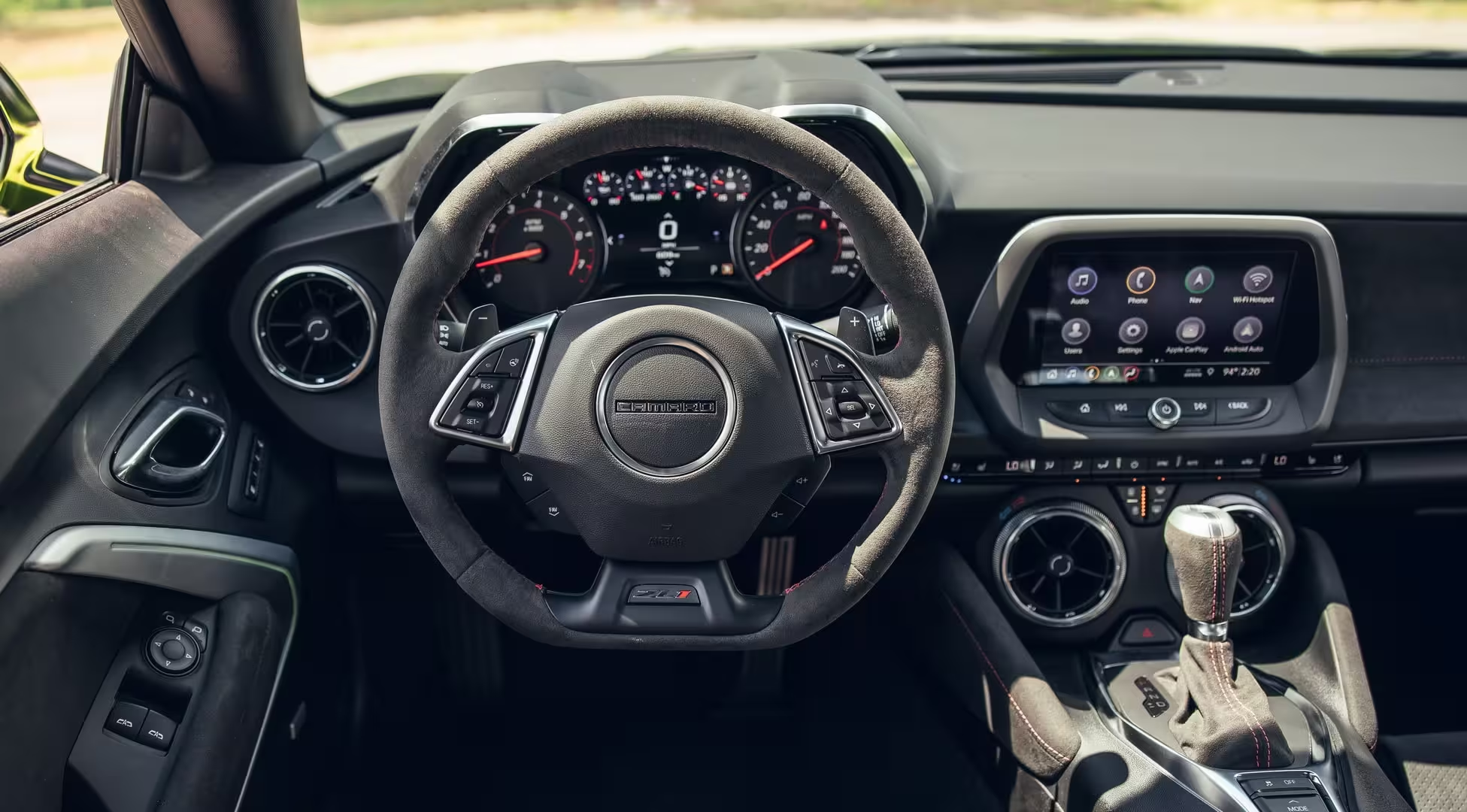
What GM needs to fix
Here’s a practical checklist GM should consider when designing a seventh-generation Camaro:
- Return to a cost-effective and modular platform to allow affordable base models alongside high-end variants.
- Improve outward visibility and cabin ergonomics without losing the muscle car silhouette.
- Expand carry capacity and practicality—clearer trunk space, better packaging for convertible versions.
- Offer a range of powertrains: efficient four- or six-cylinder entries, a robust V8 halo, and a performance-minded hybrid option.
These changes would directly tackle the critiques that helped sink Camaro sales previously while preserving the traits enthusiasts loved.
Powertrain strategy: simple and clever
Choosing engines for a revived Camaro is more straightforward than people think. The entry-level car needs to be exciting and accessible: a high-output four- or six-cylinder GDI engine producing roughly 400–500 hp would give buyers a fast, affordable sports car without forcing them into expensive V8 insurance and payments. This is an approach that broadens the buyer pool — think of it as an American sports coupe that many can realistically own.
For the top of the line, a full-fat V8 halo is non-negotiable. Ideally, the Camaro could draw on Corvette engineering — an LT6 or LT7 would be perfect — creating a direct mechanical link to GM’s most celebrated performance car. But while the internal combustion engines will be headline-grabbers, the smartest move will likely be hybridization rather than going fully electric.
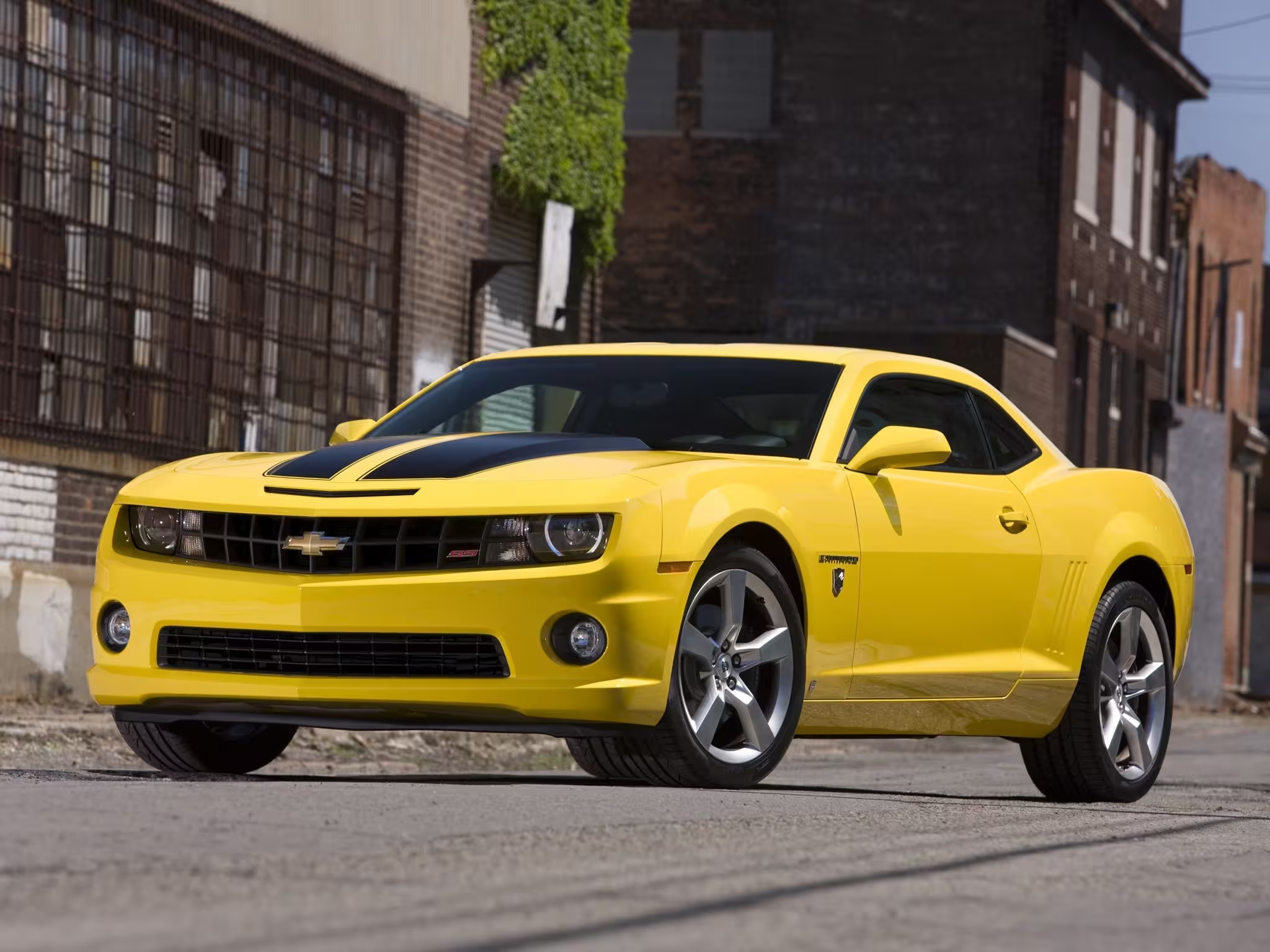
Why hybrids — and what form they could take
There’s no realistic path to a new Camaro that ignores electrification entirely. However, a full-battery EV Camaro risks losing the visceral soundtrack and instant throttle dynamics many enthusiasts crave. A compromise — and arguably the best competitive position — is a performance-focused hybrid or plug-in hybrid system that preserves rear-wheel-drive dynamics while adding usable electric torque.
Possible hybrid architectures for a Camaro:
- E-axle front assist (Corvette E-Ray-style): keeps the rear ICE drivetrain intact while adding instant front electric torque for AWD traction and electric-only capability at low speeds.
- PHEV with integrated motor(s) at the rear: retains a traditional RWD layout feel, but gives substantial torque fill and short electric range for daily commuting.
- Mild-hybrid plus performance battery: lighter, cheaper, and retains the V8 experience while improving response and emissions.
GM already sells successful PHEVs in markets such as China (Buick GL8, Chevy Equinox Plus), and the company is primed to expand plug-in hybrid offerings on home soil within a few years. That means subsystems and software expertise already exist — it’s a matter of packaging them for an American performance car.
Lessons from Dodge and the Charger EV
When Dodge reimagined the Charger as an EV and introduced the Hurricane straight-six for the ICE world, it provoked a mixed reaction. The Charger EV entered a market that hadn’t evolved as aggressively toward pure electrification as some automakers expected, and public perception was skeptical from the outset. The Hurricane car, while brilliant and nuanced — a sort of American M3 — didn’t produce the sales ripples that might have been hoped for.
Those outcomes are instructive for GM: you can build an excellent car that pleases engineers and critics, but it must also meet buyer expectations and cultural assumptions. For Camaro, that means delivering something that satisfies both the performance purists (V8 torque, sound, mechanical feel) and modern buyers (efficiency, daily usability, electrified tech).
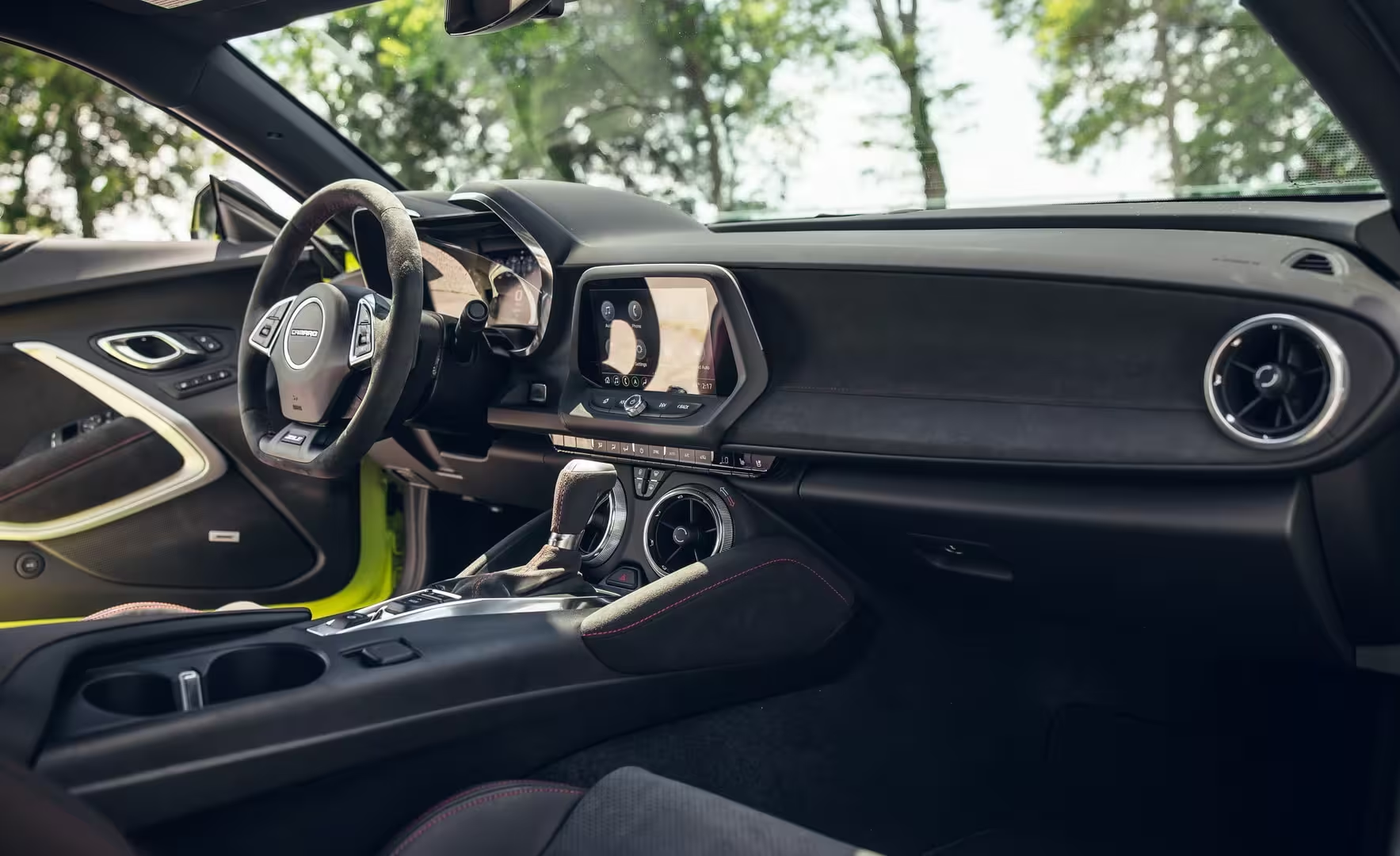
Market positioning and dealership dynamics
Trucks and crossovers are GM’s cash cows. They pay the bills and attract showroom traffic. That’s why a Camaro halo model has value beyond profit per unit: it draws attention to the brand and motivates showroom visitors to consider more practical models.
A thoughtful product lineup could look like this:
- Base: 4- or 6-cylinder GDI engine, affordable, ~400–450 hp, rear-wheel drive, manual or automatic options.
- Mid: PHEV or hybrid with improved torque delivery and moderate electric range.
- Top: V8 halo with LT6/LT7 level output and optional track-focused aero and chassis bits.
Each step addresses a different buyer segment — from young enthusiasts who want thrills without crippling costs, to seasoned buyers after a V8 flagship with world-class credentials.
Why this approach could work
A Camaro comeback that blends traditional V8 appeal with hybrid sensibilities fits current market realities better than an all-or-nothing EV strategy. Here’s why:
- Broader appeal: PHEV and efficient ICE entries attract a wider slice of buyers, including those priced out of V8 ownership.
- Brand halo: a V8 flagship reaffirms Chevrolet’s performance heritage and creates showroom traffic.
- Regulatory flexibility: hybrids can help GM meet emissions targets without surrendering internal combustion entirely.
Quote: "Make the base car affordable and fun, put a proper V8 on top, and use electrification to add capability — not to replace the soul." That's the guiding principle a revived Camaro should follow.
Practical next steps for GM
If management asks what to do tomorrow, the roadmap is straightforward:
- Choose a modular platform that supports ICE, hybrid and PHEV packaging.
- Improve ergonomics and practicality to broaden appeal.
- Use GM's existing hybrid/PHEV systems and Chinese-market learnings to accelerate development.
- Build a V8 halo that links mechanically to Corvette tech to maximize cachet.
Those moves would give Chevy a balanced portfolio: V8 heritage, modern electrified tech, and mass-market accessibility.
Final thoughts: a hopeful prediction
Muscle cars may be niche, but their cultural and commercial value is disproportionate. They attract customers into dealerships, create media noise, and help define a brand’s character. A seventh-generation Camaro that embraces hybrid technology without killing the V8 soul could be exactly the kind of vehicle GM needs to keep its performance credibility alive.
It’s not fantasy to imagine a Camaro lineup that spans a thrifty 400–500 hp four- or six-cylinder, a clever PHEV that fills low-speed torque gaps and improves efficiency, and a proper V8 halo that makes headlines. If Chevrolet gets the balance right — fixing visibility, packaging, and price — the Camaro could return as a car that honors its heritage while looking sensible and relevant in 2025 and beyond.
So, mark these words: the Camaro can come back, and it doesn’t have to be a full EV to be modern. It can be loud, practical, and electrified in the places that matter — and that combination might be the one that revives a true American icon without selling its soul.
Highlights
- Bring back accessible 400–500 hp base models to widen the buyer pool.
- Use hybrid/PHEV tech to keep emissions in check while improving performance.
- Keep a V8 halo (LT6/LT7-level) for enthusiasts and brand cachet.
- Improve visibility, cabin packaging and trunk space.
If GM plays this right, the next Camaro could be a celebration of what made the model great: real driving engagement, a proper V8 top-tier, and modern electrified tech that makes the car more usable — not less.
Source: autoevolution
Comments
labcore
Hope they dont kill the sound though... a Camaro that hums like an EV lawnmower isnt the same, gotta keep the soul.
Marius
Feels overhyped but ok. If they just slap a hybrid badge on a heavy car, it's pointless. Packaging matters more.
DaNix
pretty balanced take. Fix the visibility, lower the entry price, keep a real V8 on top, hybrids in the middle.
coinpilot
I've seen this at dealerships, buyers want thrills and day to day sense. A 400-500hp four would fly off lots.
max_x
Is this even true? A hybrid Camaro sounds cool, but will buyers pay for it or pick cheaper Mustang options? curious
v8rider
Makes sense tbh, hybrids + V8 halo is the sweet spot. Give us a manual option please.
mechbyte
Wow, didn't expect Chevy to keep the V8 vibe alive while adding hybrids. Hope they nail visibility and price, otherwise it's gimmick.

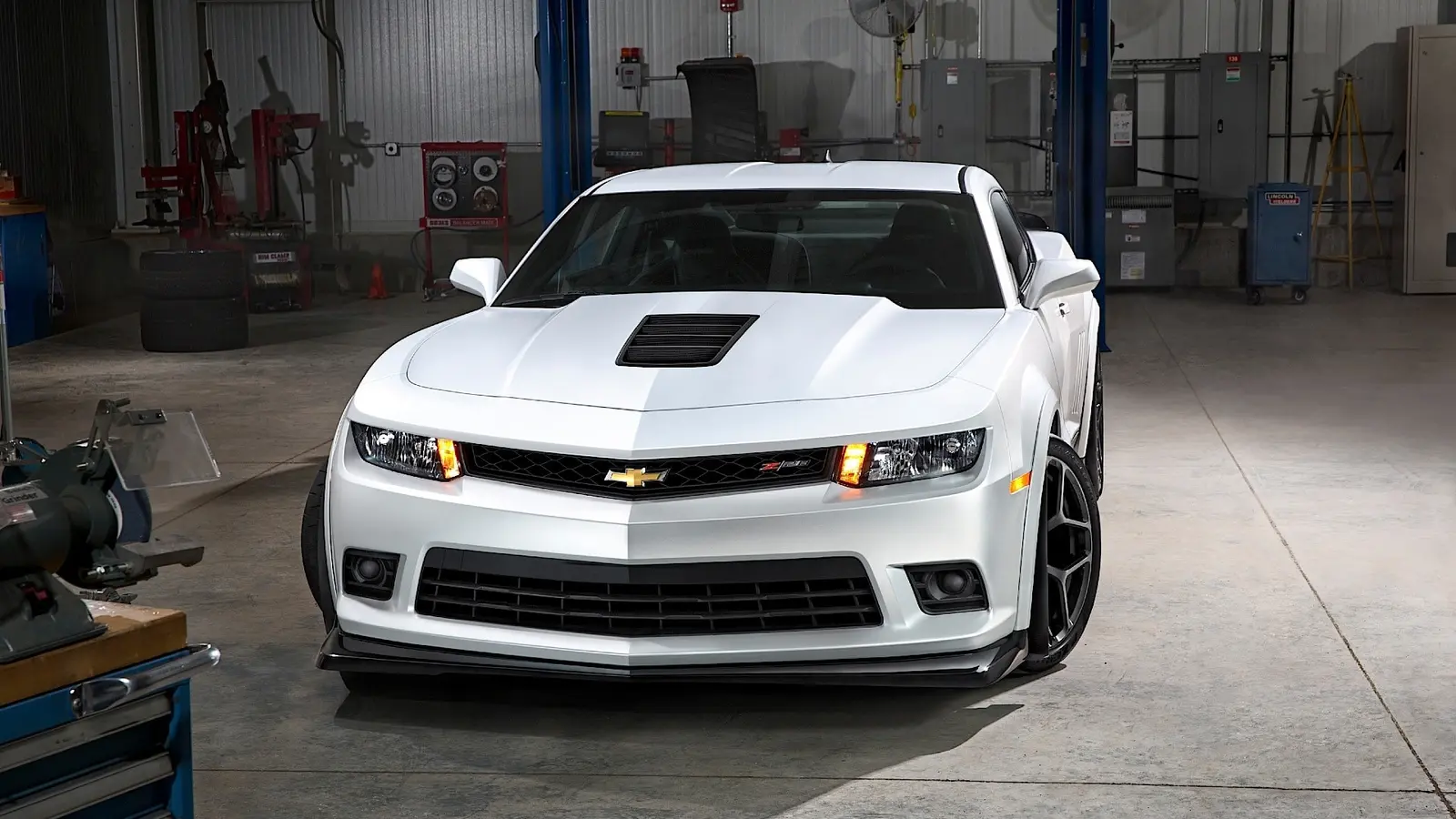
Leave a Comment